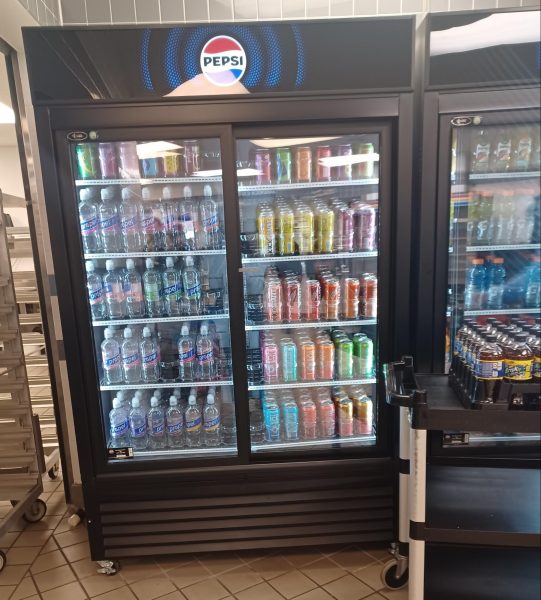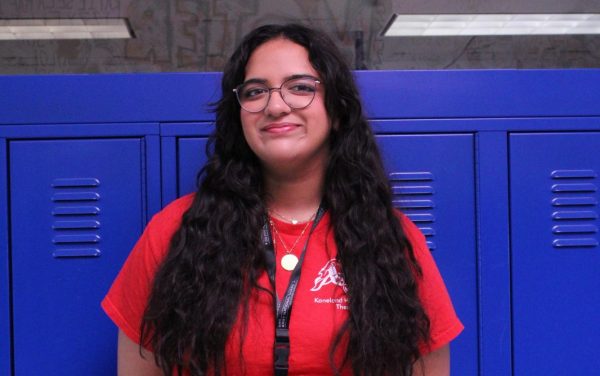Psychology behind school shooters
American citizens today don’t remember what it was like to not hear of a mass shooting on the news constantly. In Obama’s presidency alone, 20 plus mass shootings have gained national recognition.
This wasn’t always the case, though. Americans felt completely at ease in the public eye until Aug. 1, 1966 when Charlie Whitman brought about the idea of mass violence.
“[Whitman] introduced the nation to the idea of mass murder in a public space,” Texas Monthly executive editor Pamela Colloff said in her oral tellings of the shooting.
Whitman, after killing his mother and wife, went to the top of the University of Texas’ tower, where he was majoring in architectural engineering, and shot pedestrians with a sniper for 96 minutes, killing 14 others.
In Whitman’s case, an autopsy revealed he had a tumor the size of a walnut, called glioblastoma, which presses against the region of the brain which controls the regulation of strong emotions.
But not every mass murderer has an explanation as simple as a physical problem.
Shooters such as Dylan Klebold and Eric Harris had no tumors to explain their shooting of fellow classmates at Columbine High School. When a team of psychologists, psychiatrists and even the FBI came together, they formed an idea as to why this happened.
According to online Slate magazine, the first step to find a reasoning for the shooting is to completely disregard the Columbine Massacre as a school shooting. While the shooting took place at a school, there wasn’t a personal resentment of the jocks, geeks, cheerleaders or the teachers.
The purpose of the shooting, said the team according to Slate, was to create fear throughout the entire nation through attacking an “American symbol.” Though their victims were students, the main message was for America as a whole.
Klebold and Harris planned the shooting for about a year, building and wiring bombs and getting guns and ammunition. Their plan was to bomb the cafeteria, killing around 600 people in that alone, shoot any survivors running out and then have their cars explode later with the survivors and reporters in the parking lot.
However, when their poorly built, wired and timed bombs didn’t go off, they decided to go into the school to start a rampage.
Klebold was depicted as a troubled kid with a hot temper. However, Harris was described as “nice” and people were surprised to see his part in the shooting. That is, until people saw his journal and website.
Words filled with what once was thought as pure hatred took up pages in his journal, website and videos he made with Klebold.
However, Supervisory Special Agent Dwayne Fuselier, the FBI’s lead Columbine investigator and a clinical psychologist, said that it wasn’t just hate; contempt both “fueled and overshadowed” the hate.
Harris was later diagnosed as a psychopath, one who is fully aware of what he is doing and doesn’t feel remorse.
“Because of their inability to appreciate the feelings of others, some psychopaths are capable of behavior that normal people find not only horrific but baffling. For example, they can torture and mutilate their victims with about the same sense of concern that we feel when we carve a turkey for Thanksgiving dinner,” Dr. Robert Hare said in his book Without Conscience.
However, many people mistake sociopaths for psychopaths. According to Helping Psychology, sociopaths “tend to be nervous and easily agitated…in the eyes of others, sociopaths appear clearly disturbed…psychopaths, on the other hand, often have charming personalities. They are manipulative and easily gain people’s trust.”
Around 3 percent of men have this disorder according to View Zone. Very little reports of female psychopaths and sociopaths have been made, and even less made national recognition. Only two females have been school shooters.
One of which, Brenda Spencer, has a background eerily similar to Adam Lanza, the shooter at Sandy Hook Elementary School.
Spencer, like Lanza, had been raised with divorced parents, one of which was an avid gun collector. Spencer, a 16 year old high school student, received a gun for Christmas when she asked for a radio. A month later, she used the gift to shoot at an elementary school, wounding eight children and a police officer and killing a principle and custodian.
She shot from atop her house. A reporter heard the police say the general direction the shots were coming from, and called a random address and asked if she knew who was doing the shootings. After Spencer stated the address, the reporter asked if she knew that she just said her house.
“Well of course, who do you think is doing the shooting?” Spencer replied.
The obvious question that always comes after it is why.
“I don’t like Mondays,” was the only reply given by Spencer, according to NY Daily News.
Later she mentioned she was on drugs, but a toxicology report taken at the time disproved her claim.

Grade: 12
About their position: Amelia will be assisting the journalism adviser, along with helping out staff members and reporters.
Hobbies: Read,...








